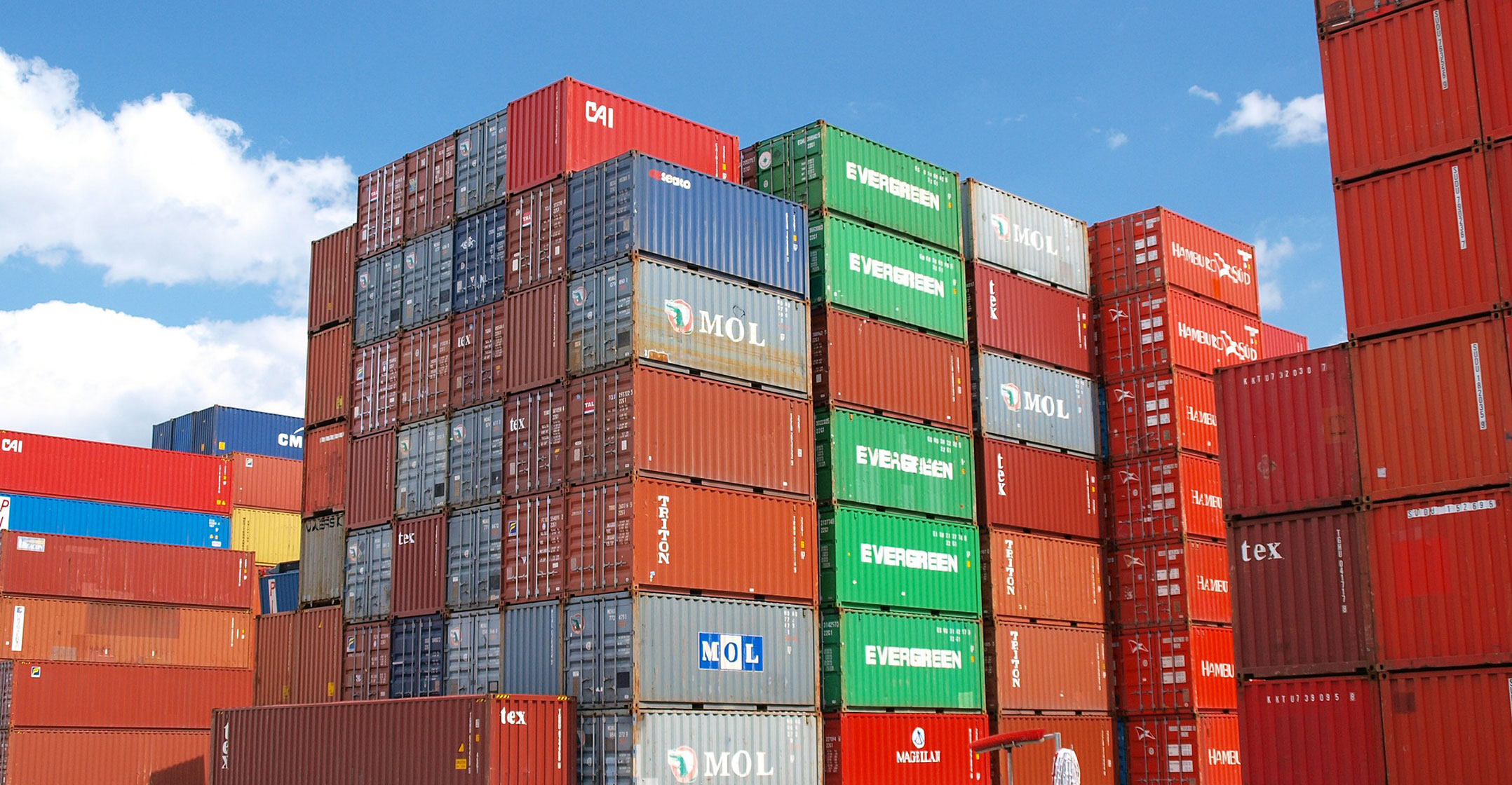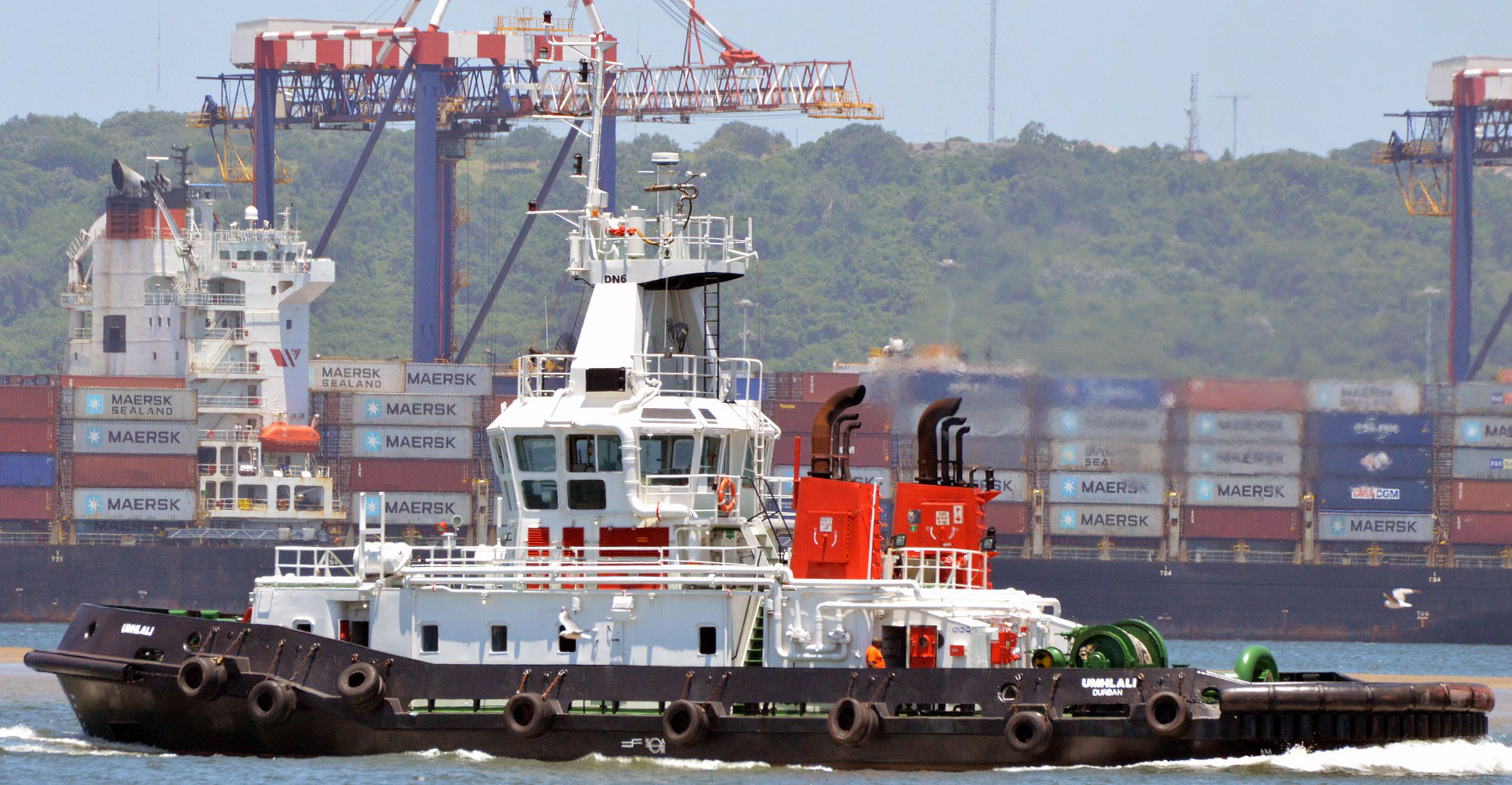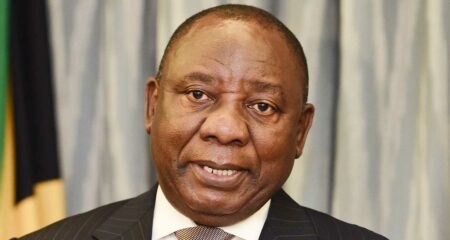 Transnet has a turnaround plan to ease port and rail snarl-ups that have hamstrung the economy. It just needs money.
Transnet has a turnaround plan to ease port and rail snarl-ups that have hamstrung the economy. It just needs money.
And while state-owned companies could rely on government bailouts in the past, the massive amount of funding pumped into Eskom in recent years has made asking national treasury for a handout more difficult for the next in line. In this case, it’s Transnet.
Eskom’s latest relief package of R254-billion in conditional debt came with strings attached in the form of performance targets. In Transnet’s case, the government wants to see progress on its turnaround plan before disbursing any money, finance minister Enoch Godongwana said in his mid-term budget statement on 1 November.
Transnet wants its request for a bailout to be considered on the merits of its turnaround plan, rather than being lumped together with Eskom, because the success of its strategy partly relies on government funding, chairman Andile Sangqu said in an interview during a train journey on Friday between Johannesburg and Pretoria.
“You can’t have a blanket approach,” he said. “If you look at our recovery plan, it’s predicated on number one: operational reforms in which we believe that there are some efficiencies that can be unlocked. And I think if we do that, we’ll able to improve our tempo and our cadence in terms of the volumes and that will assist with the turnaround.”
Rail inefficiencies in 2022 cost South Africa’s economy R411-billion, and worsened the government’s tax shortfall, according to budget data. Deteriorating rail infrastructure and rolling stock has meant that exporters can’t get their product to ports. Offloading at container terminals can take weeks because of equipment failure and low productivity.
R130-billion debt
To support its recovery plan, Transnet requested an equity injection from the state as its R130-billion debt pile means it’s unable to fund itself in capital markets. The company “has ongoing engagements” with national treasury, Transnet said in a response to questions, without providing details on the amount of relief requested.
Transnet’s performance deteriorated rapidly over the past decade as corruption and mismanagement during the administration of former President Jacob Zuma took their toll, followed by pandemic-induced losses. A surge in infrastructure theft and restrictive graft-prevention measures by treasury deepened the malaise. Portia Derby, appointed three years ago as CEO to fix the business, left last month as the situation grew worse.
There’s little time to waste and funding is paramount, Sangu said.
Read: Transnet to lift force majeure after ‘ransomware’ attack
“Every day counts in the sense that we’ve set up goals in terms of where we want to be,” he said. “We understand the fact that there are processes, but the fact of the matter is the clock is ticking.”
Earlier this month, the company rolled over R7-billion of debt due on 6 November by issuing short-term paper to the Public Investment Corp, which oversees government pension funds. That debt is due to be repaid in March, giving Transnet less than four months to effect a turnaround and convince the government it deserves help.
 Moody’s Investors Service on 10 November put the company’s rating on review for a downgrade, citing concern that Transnet’s liquidity profile is weakening.
Moody’s Investors Service on 10 November put the company’s rating on review for a downgrade, citing concern that Transnet’s liquidity profile is weakening.
“Funding will be difficult,” said Jan Havenga, an emeritus professor at Stellenbosch University, who specialises in logistics. Still, with help from treasury — which could include debt restructuring and a capital injection of R20-billion for two years — the company could be turned around, he said.
Volumes hauled by the freight rail division, which accounts for 43% of group revenue, have declined by a third since 2018, according to Transnet’s annual report.
Transnet’s export coal shipments, delivered from mines owned by Thungela Resources and Glencore, have dropped for four consecutive years. That resulted in the lowest volumes leaving Richards Bay Coal Terminal in decades.
The deteriorating rail situation was illustrated vividly during a tour last week showcasing Transnet’s rail facilities: the event was delayed as a result of vandalism and theft of copper cables along the tracks, while broken signals forced the train driver to take instructions from the main control room via mobile phone.
The failure of rail transport has forced exporters to turn to roads, putting thousands of heavy trucks a day on routes to the coast. The traffic congestion has become so severe that Transnet is looking to source land in the area surrounding Richards Bay to use as a staging area for the rigs to park.
Three weeks at anchor
Transnet’s port terminal business represents about a fifth of revenue and also faces mounting troubles. Extreme weather conditions and rains have damaged equipment that was already poorly maintained, resulting in vessels waiting nearly three weeks at anchor, Earle Peters, managing executive for Transnet Durban Terminals, said in a presentation. The hub handles more than 40% of South Africa’s port traffic.
Shipping companies AP Moller-Maersk and MSC Mediterranean Shipping have announced surcharges of more than US$200/container due to South African port congestion.
Transnet is implementing measures to clear the backlog that will last months into 2024. Buying cranes and other measures to meet longer-term targets will require funding.
“Our priority is to mitigate the situation, and we are regularly communicating the contingency plans to our customers to ensure they can plan their supply chains accordingly,” Lubabalo Mtya, Maersk’s MD for Southern Africa and Indian Ocean Islands, said in a statement.
 Even if Transnet’s recovery plan is enough on paper to fix the business, securing needed funding will be a challenge, said Carmen Nel, head of multi-asset strategy at Terebinth Capital.
Even if Transnet’s recovery plan is enough on paper to fix the business, securing needed funding will be a challenge, said Carmen Nel, head of multi-asset strategy at Terebinth Capital.
“The bailout and effective debt transfer provided to Eskom has created moral hazard, making it difficult for the treasury not to deal with Transnet in a similar manner,” she said. “Treasury will apply more stringent conditions and a more thorough process.” — Paul Burkhardt and Ntando Thukwana, with Monique Vanek and S’thembile Cele, (c) 2023 Bloomberg LP




